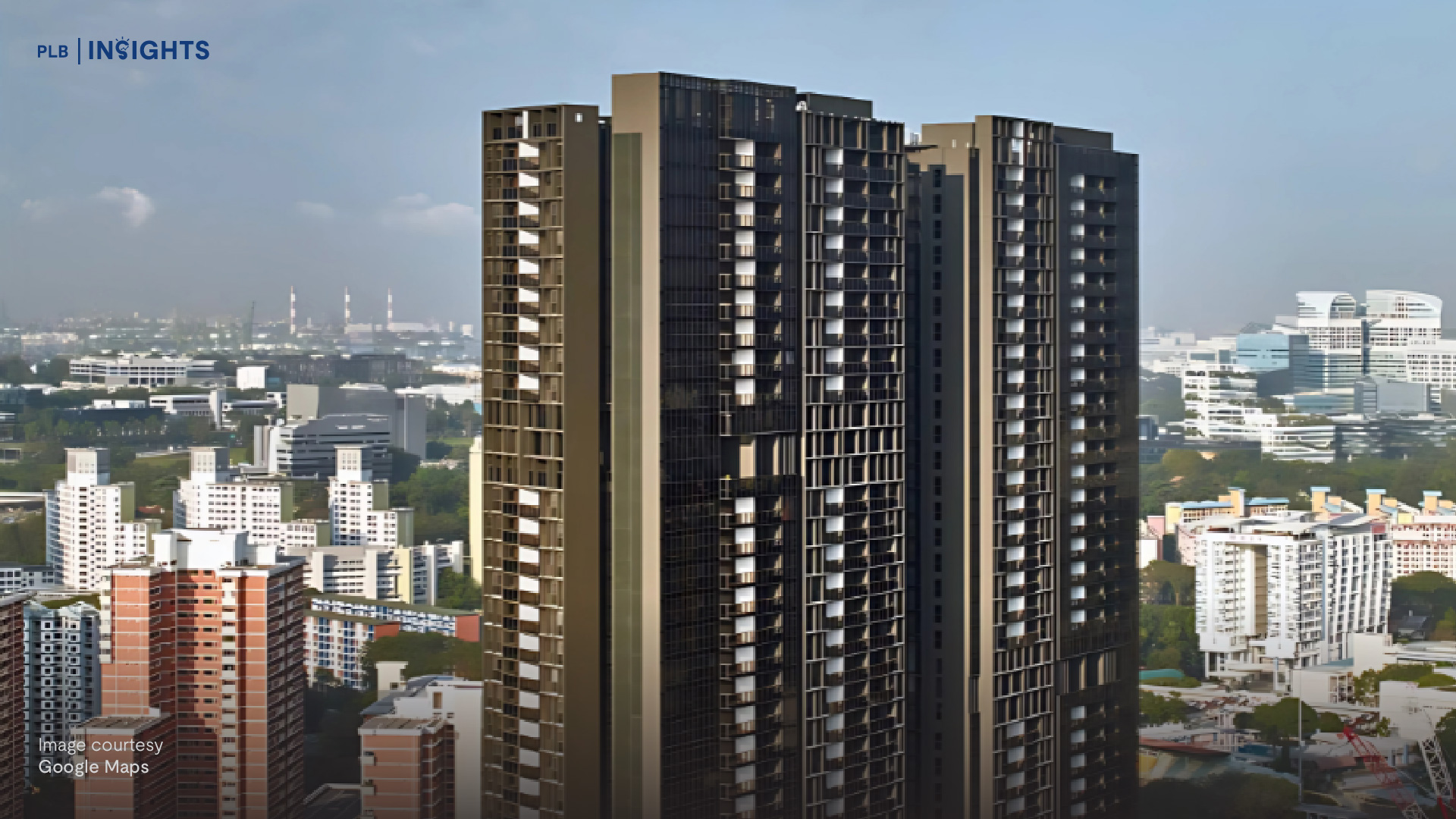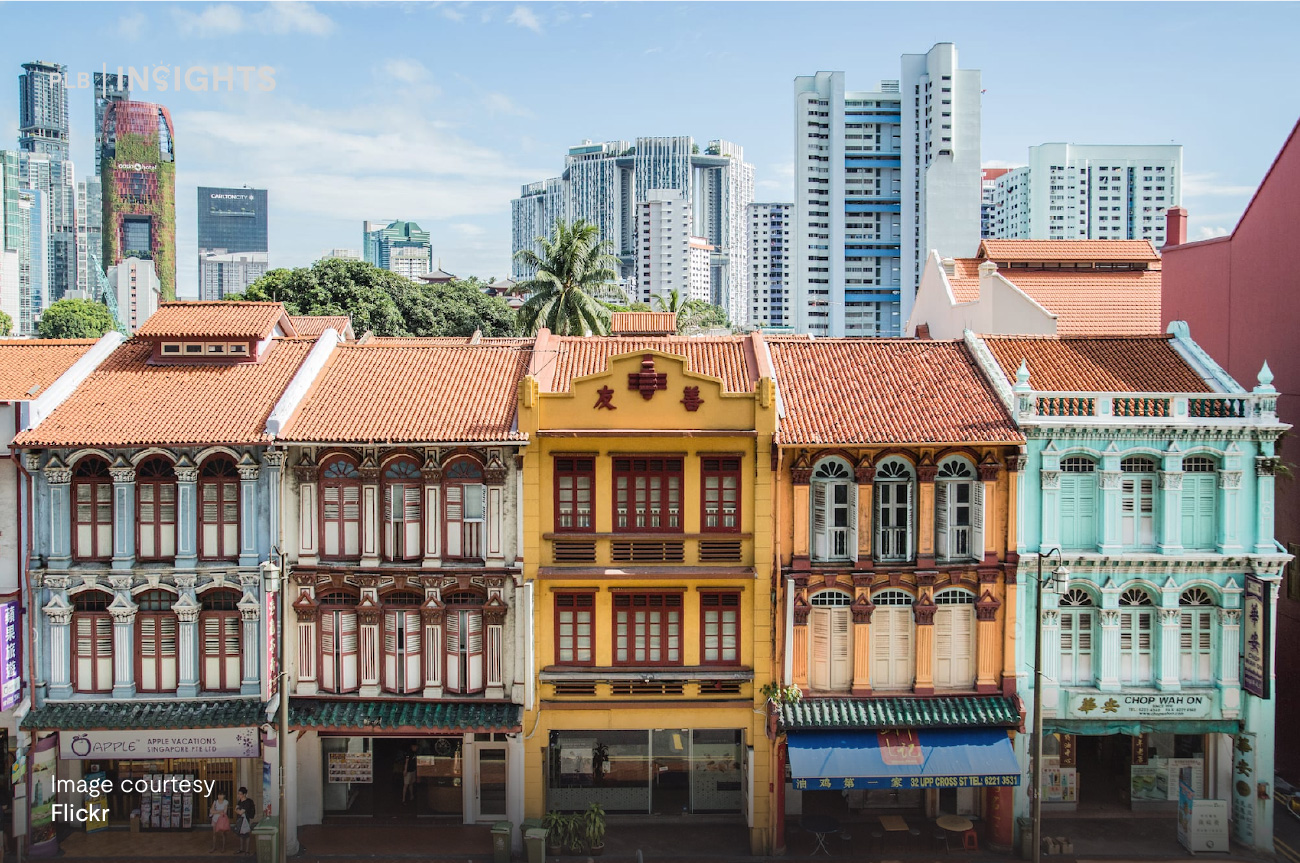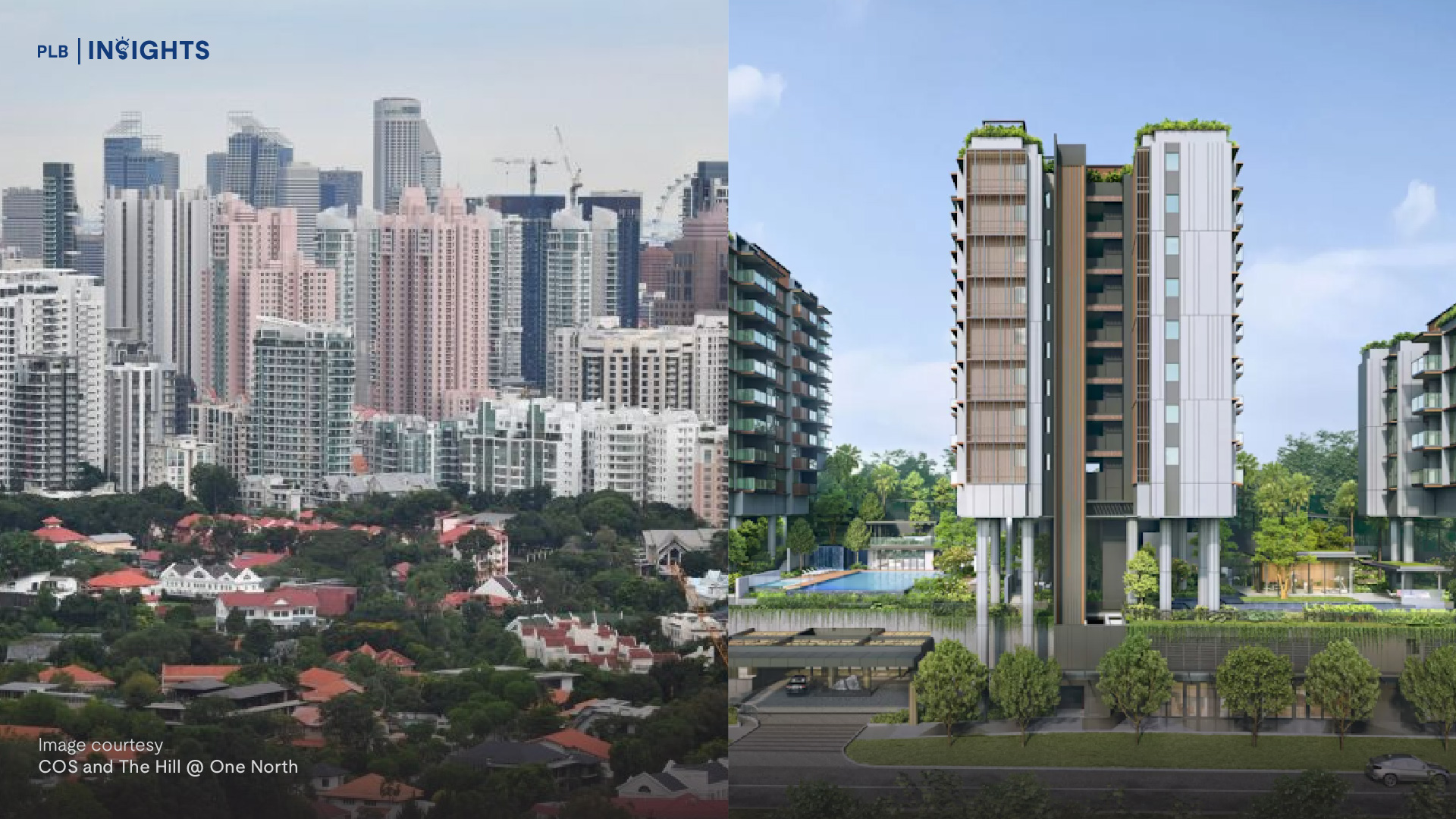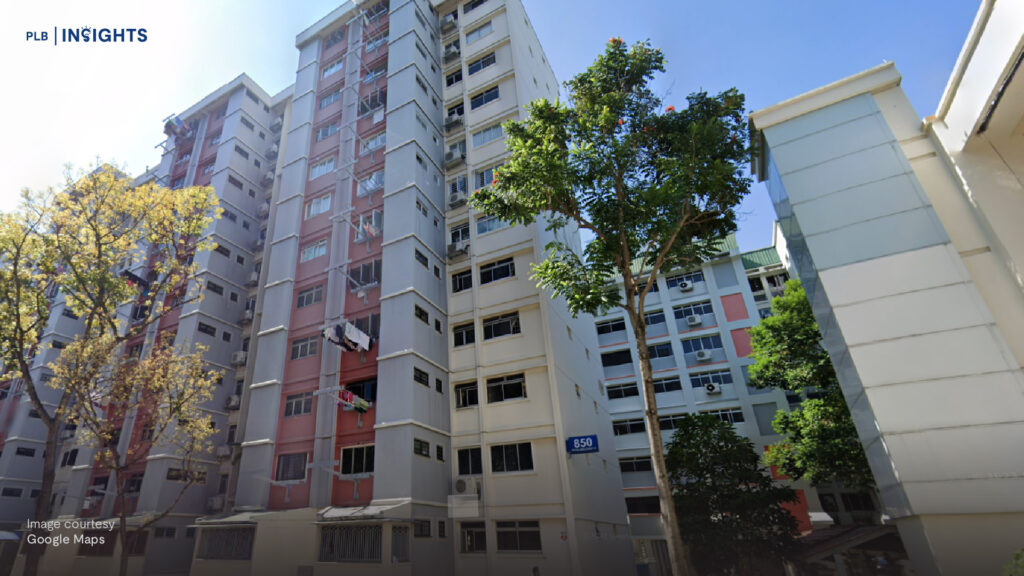
For years, Woodlands has carried the reputation of being “too far north” — a place associated with long commutes, industrial surroundings, and perceptively lower housing demand compared to mature estates like Bishan, Toa Payoh, or Queenstown. But every now and then, reality throws the market a curveball.
On 3 October 2025, an executive HDB flat at 850 Woodlands Street 82 made headlines when it transacted at $1.27 million — smashing the previous Woodlands record of $1.19 million. Measuring 1,905 square feet, this massive flat works out to $667 psf, with a remaining lease of 69 years.
This sale isn’t an isolated case. It’s part of a steady pattern of rising confidence in Singapore’s northern heartland — one that reveals a deeper truth about how Singaporeans are rethinking what makes a “desirable” home.
A Record That Tells a Bigger Story
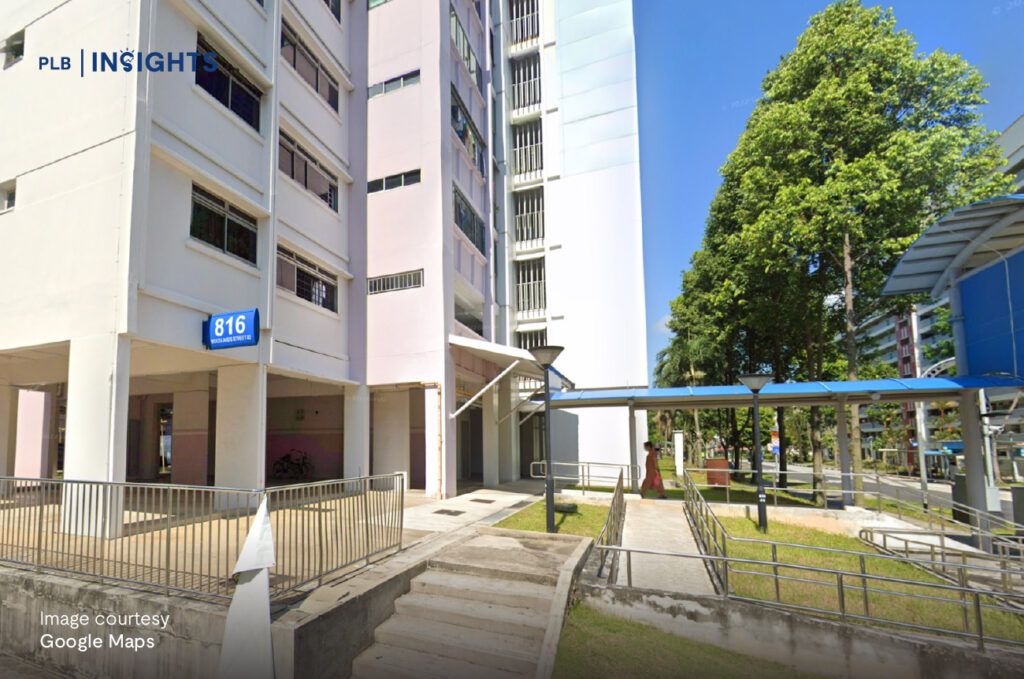
The previous record, set just four months earlier, was also from the same neighbourhood — 816 Woodlands Street 82, which went for $1.19 million ($625 psf). Another flat in the same block had already crossed the $1.155 million mark in late 2024.
At first glance, these might seem like outliers. After all, Woodlands isn’t known for million-dollar flats the way Pinnacle@Duxton or Bishan’s Natura Loft are. But these repeat record-breakers suggest something more fundamental: buyers are no longer writing off Woodlands.
Several factors are driving this shift — and together, they offer valuable lessons for homeowners, buyers, and sellers alike.
Size Still Matters — Especially in a Constrained Market
In an era where new BTO flats are shrinking in size, large executive flats like the 1,905-sq-ft units at Woodlands Street 82 are a rarity.
For comparison:
- A modern 5-room BTO flat today averages 1,130 to 1,200 sq ft.
- These executive flats offer almost 70% more living space, often featuring a study area, balcony, or second family lounge.
Families upgrading from smaller units are increasingly willing to pay a premium for such space — especially when the alternative (a private condo) could easily cost more than twice as much per square foot, with smaller liveable areas after accounting for balcony and void spaces.
Takeaway: In a market where supply is tight and sizes are shrinking, well-maintained large flats — even in non-central estates — can command strong prices.
Accessibility Has Been Quietly Re-Defined
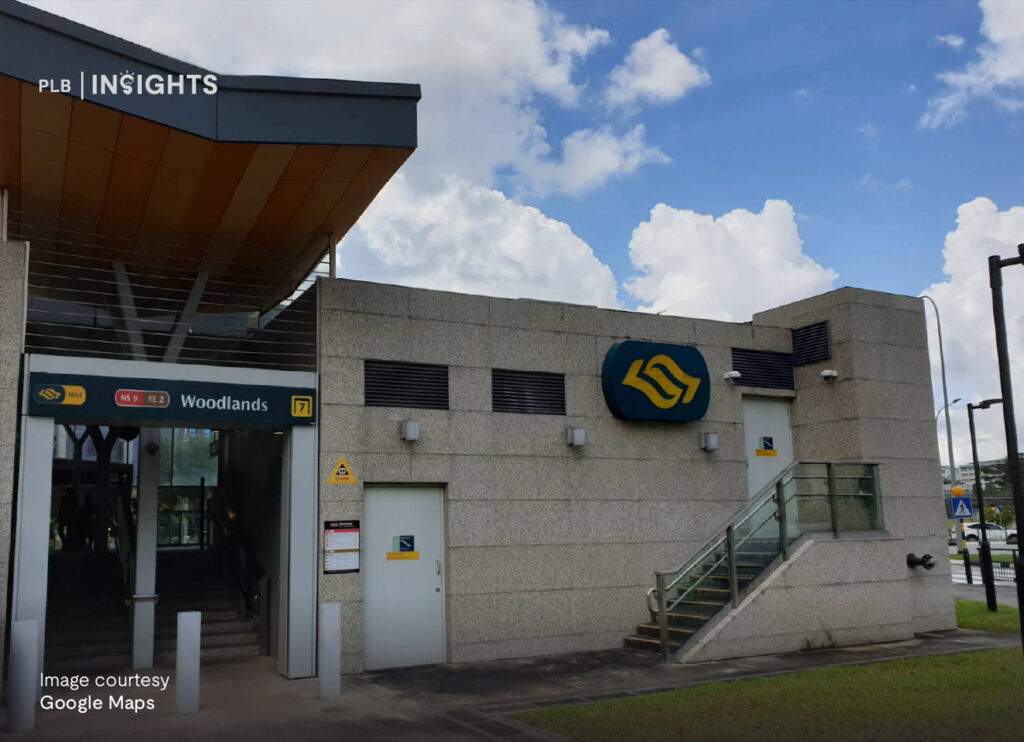
The old narrative that Woodlands is “too far” doesn’t hold up anymore. With the Thomson-East Coast Line (TEL) now fully operational, commuting times between the North and the city have shrunk dramatically.
Woodlands MRT has also evolved into a dual-line interchange and an Integrated Transport Hub, linking residents seamlessly to Causeway Point and surrounding malls. Add to that the upcoming Johor Bahru–Singapore Rapid Transit System (RTS) — slated to open in 2026 — and Woodlands is set to become a major cross-border gateway.
The convenience once associated only with central or east-side living is slowly migrating northward.
Takeaway: Transport infrastructure can completely change a town’s perceived value — sometimes faster than the market realises.
Amenities and Schools Anchor Long-Term Demand
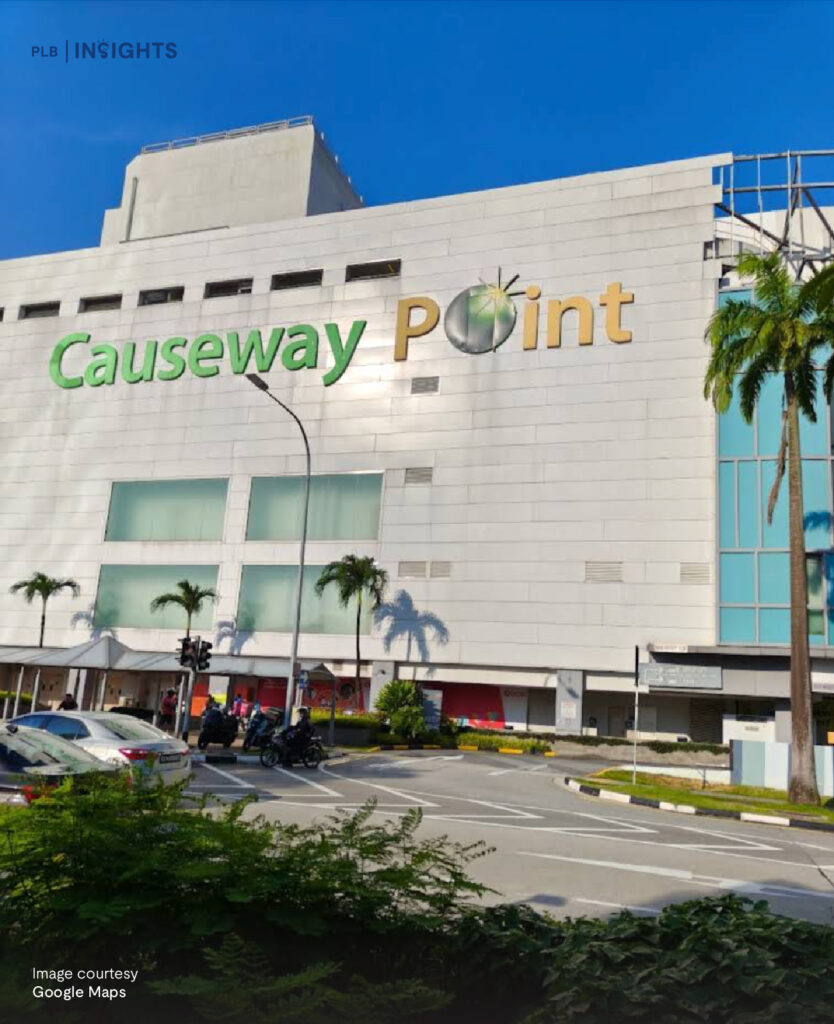
Beyond transport, Woodlands today is a self-sufficient regional hub. It has undergone a quiet but significant transformation:
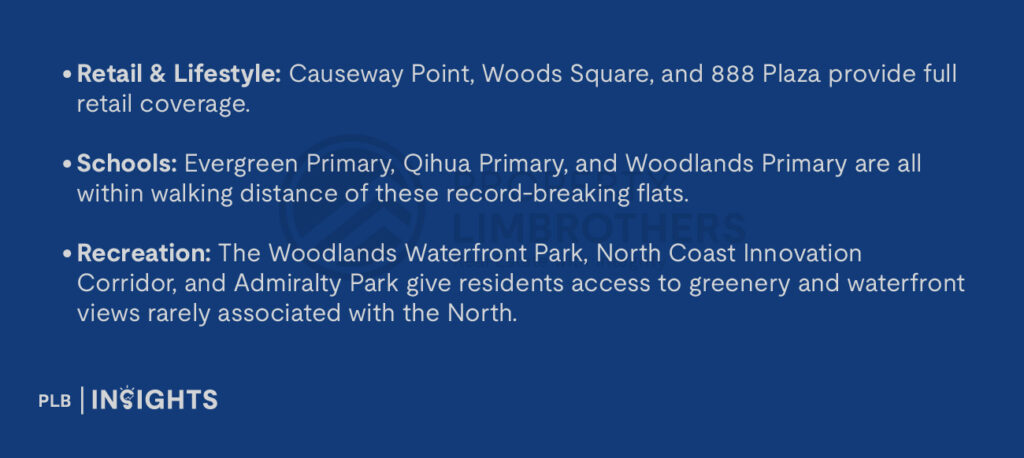
This concentration of schools and amenities isn’t just convenient — it’s a price stabiliser. Homes near reputable schools tend to see consistent resale demand, regardless of broader market cycles.
Takeaway: Parents often buy with their children in mind, not just investment yield. Educational and lifestyle proximity can outweigh locational stereotypes.
Perception Lags Reality
Singaporeans often rely on reputation when judging neighbourhoods: “Tampines is convenient,” “Toa Payoh is mature,” “Woodlands is far.”
But perception tends to lag behind reality — especially when urban renewal plans are involved. The Draft Master Plan 2025 envisions Woodlands as the “Northern Gateway,” integrating residential, business, and leisure spaces with waterfront living.
Once this transformation reaches critical mass, the price gap between Woodlands and other regional hubs like Jurong or Punggol could narrow even further.
Consider this: a similar evolution happened in Jurong, which saw resale flats cross the $1-million mark after JLD (Jurong Lake District) plans were unveiled.
Takeaway: Smart buyers look for areas where perception hasn’t yet caught up with potential — that’s where value appreciation happens.

The Human Side of “Million-Dollar HDBs”
It’s easy to focus on numbers and records. But behind every transaction is a household making a life decision. Many of these buyers aren’t speculators — they’re families upgrading from 4-room flats who value size, schools, and familiarity over centrality.
For them, paying $1.2 million for a home where they can raise children comfortably — while staying close to parents or schools — makes more emotional and financial sense than chasing a smaller private unit elsewhere.
Meanwhile, sellers of such flats are often retirees right-sizing after their children have moved out, using the proceeds to support their next stage in life. These transactions highlight how the HDB resale market often reflects changing family dynamics and evolving housing needs.
Takeaway: Every housing record reflects the evolving aspirations of Singaporeans — balancing practicality, family needs, and long-term value.
Lessons for Homebuyers and Owners
So what can we learn from Woodlands’ $1.27 million flat?
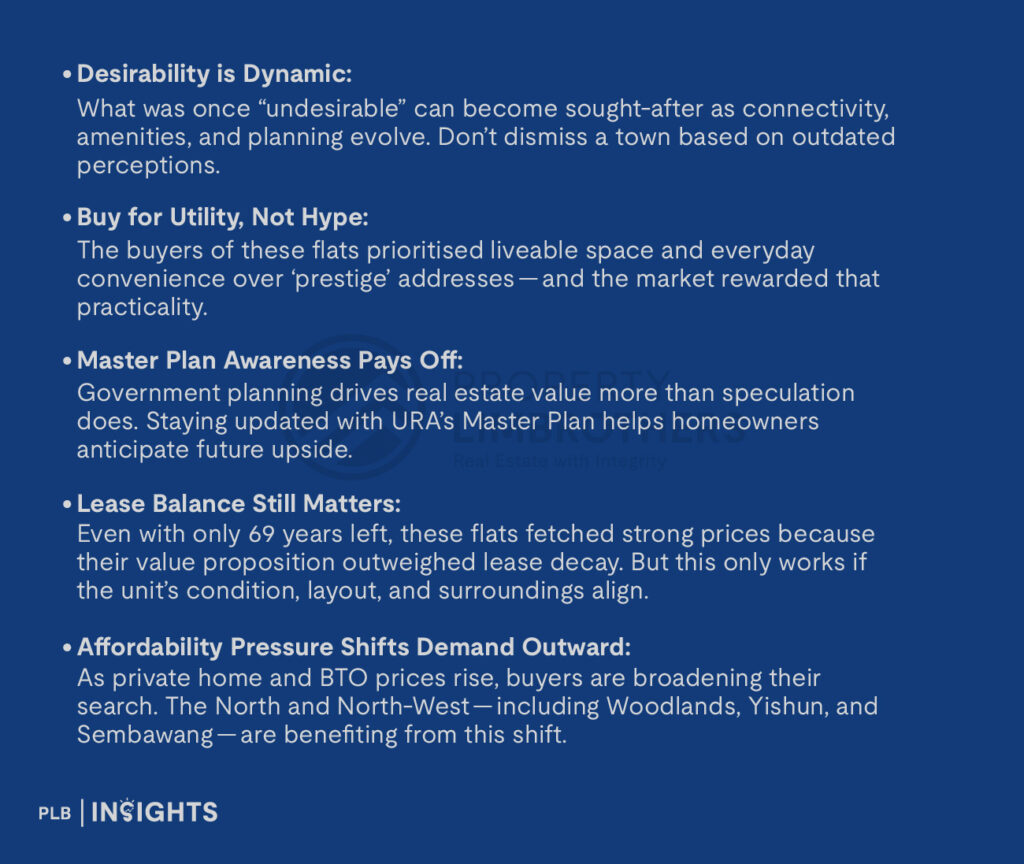
Looking Ahead: The North’s Next Chapter
With the Woodlands Regional Centre, North Coast Innovation Corridor, and the upcoming RTS Link, the North is poised to become both a commercial and residential hub.
Upcoming developments around Woodlands will introduce new office spaces, parks, and retail clusters — creating live-work-play synergies previously associated with areas like Jurong and Tampines.
For long-time residents, that means improved lifestyle convenience without having to relocate. For new entrants, it’s an opportunity to buy into an area before its next major value re-rating.
Takeaway: The best time to buy into an emerging estate is before the story is fully priced in.
Final Thoughts: Rethinking “Desirability”
The record-setting $1.27 million sale isn’t just a one-off headline. It’s a sign that Singapore’s housing desirability map is expanding — and that value exists beyond traditional hotspots.
Woodlands’ evolution reminds us that “distance” is relative, but livability is real. A home that’s well-connected, near good schools, and spacious enough for multigenerational living will always find willing buyers, regardless of postcode.
So, the next time someone scoffs, “Woodlands? So far!” — perhaps the smarter question to ask is: Far from where, exactly?
Thinking of buying or selling your home in the North? Get in touch with our sales consultants for tailored advice.



